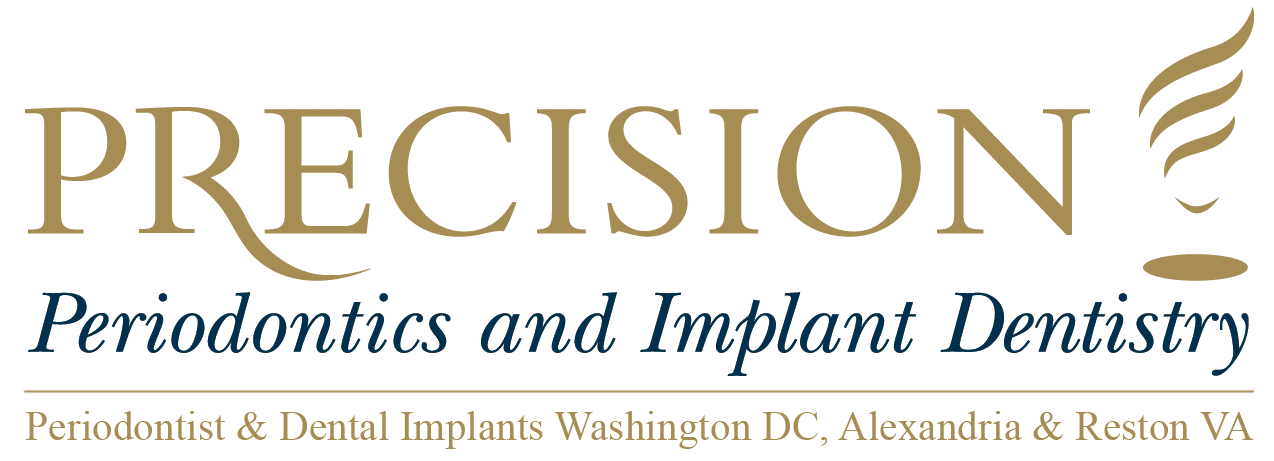Periodontology - Gingivitis
Gingivitis is inflammation of the gums. It is usually a result of dental plaque on the surfaces of the teeth, and it is reversible and is not destructive. With treatment, which focuses primarily on effective oral hygiene, gingivitis can be reversed. Without treatment, however, gingivitis is likely to progress to periodontitis, which can lead to destruction of gum and bone tissue and possibly the loss of the teeth. Gingivitis manifests as any other inflammatory disease would, causing swelling, redness, and pain or tenderness in the gum tissue. Gingivitis may also cause the gums to bleed, especially after brushing or flossing, and it often causes bad breath. When the gums are healthy, in many people, they have a stippled appearance, resembling the texture of an orange peel. When gingivitis is present, this stippling may disappear and the appearance of the gums becomes stretched and shiny.
Gingivitis may recur after treatment, or it may progress to periodontitis. It may lead to infection or abscess in the gums or bones, or it may manifest as a painful bacterial infection known as trench mouth. It may also cause the lymph nodes to swell. Gingivitis is sometimes associated with premature birth or low birth weight when present during pregnancy. Recent studies have also suggested that the bacteria that lead to gingivitis may also be linked to Alzheimer’s disease, though more research is needed to determine definitive links and to assess possible cause and effect. It is believed, however, that the bacteria responsible for gum disease can migrate through the tissues in the oral cavity into the brain, where they encourage the features of Alzheimer’s disease.
While the significant majority of gingivitis is plaque-induced, gingivitis may also be affected by genetic or developmental disorders, infections, immune conditions or systemic inflammatory conditions, neoplasms, certain diseases, or trauma. Plaque-induced gingivitis is the result of bacterial plaque on the teeth that prompts the body’s host response and destroys the gum tissue. Plaque can accumulate in many areas in the mouth, including between the teeth and in grooves in the gum tissue. Certain areas, known as plaque traps, are particularly susceptible to the accumulation of plaque. Plaque traps include dental restorations that are overly bulky with overhanging margins, the clasps of removable dentures, and dental calculus. The bacteria in plaque produce chemicals and toxins that encourage inflammation of the gum tissues. The more plaque there is, the more complex the chemicals and toxins become.
Gingivitis is associated with multiple risk factors, including age, osteoporosis, poor oral hygiene, inadequate clinical care, improper or overly aggressive brushing, breathing through the mouth, certain medications and conditions that cause dry mouth, cigarette smoking, certain genetic factors, some pre-existing conditions, and mental health. The primary aim of treatment is to reduce the amount of plaque in the oral cavity and is usually a combination of periodic dental visits and the establishment and maintenance of effective oral hygiene habits. When possible, risk factors, such as smoking, should be removed. Preventing gingivitis is possible with effective oral hygiene that includes proper brushing and flossing, and mouthwashes that contain one of several active ingredients may also prove beneficial. Current research has also determined that the use of electric toothbrushes may be more effective at reducing gingivitis than manual brushes.
